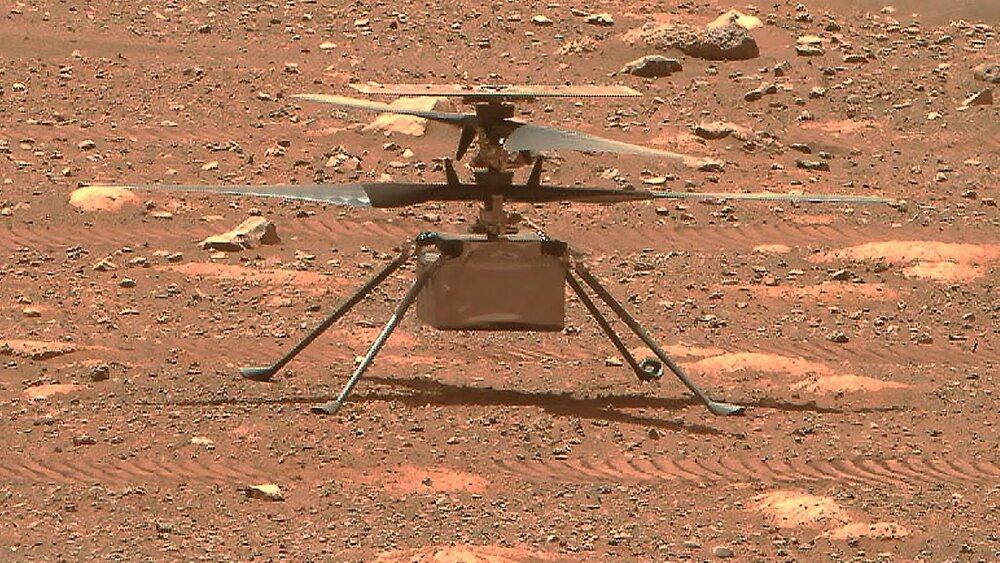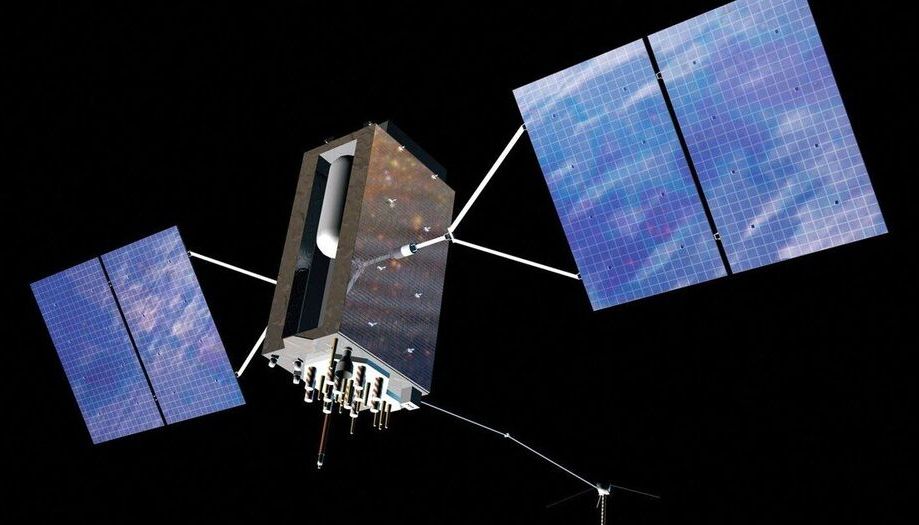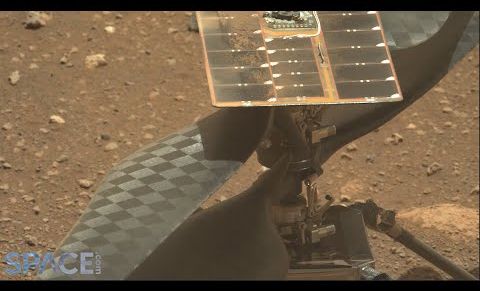On April 9, 2021 NASA demonstrated video footage on Mars Helicopter Ingenuity during rotor blades spinning test and HI-RES first image from Ingenuity. Launch day of Ingenuity Perseverance Mars Rover sent images of Ingenuity Helicopter’s rotor blades spin up within motor test. Ingenuity is going to fly on Mars on April 11–12. Rotor blades spinned up and are unlocked and helicopter is going to make high-rpm test. So next milestone is to spin up rotor blades full-speed for the first time on Mars (to the planned flight speed of ~2400 RPM) while still on the surface. Flight can’t happen too late in the Martian day either. A long flight late in the afternoon could deplete the battery without giving the Sun a chance to recharge it. You don’t want to go into that cold Martian night without a good bit of energy in the battery!
Credit: nasa.gov, NASA/JPL-Caltech, NASA/JPL-Caltech/ASU
Source for NASA’s Mars Helicopter Ingenuity page: https://mars.nasa.gov/technology/helicopter/
Source for Ingenuity fly update: https://mars.nasa.gov/technology/helicopter/status/289/when-should-ingenuity-fly/
#mars #helicopter #perseverance









